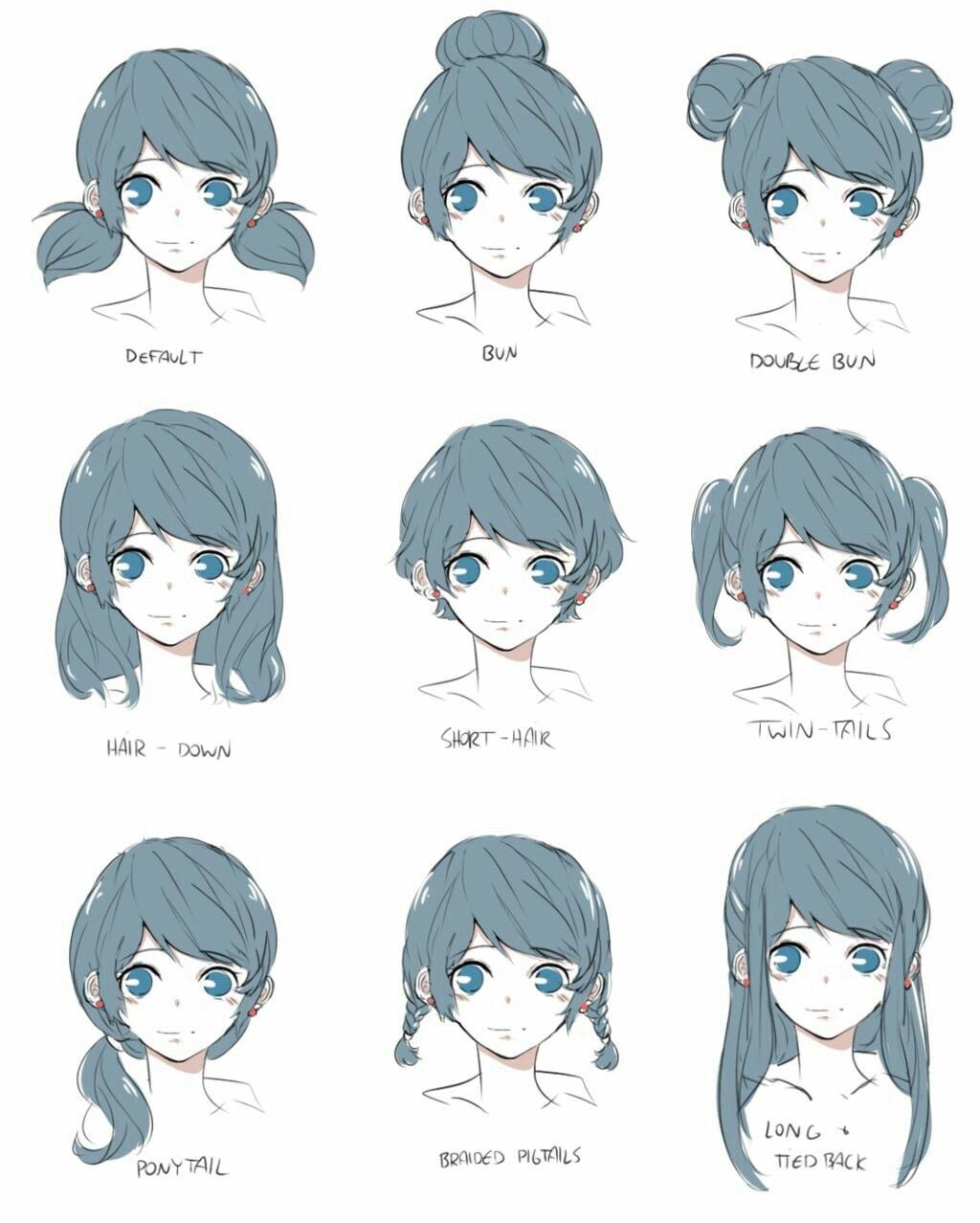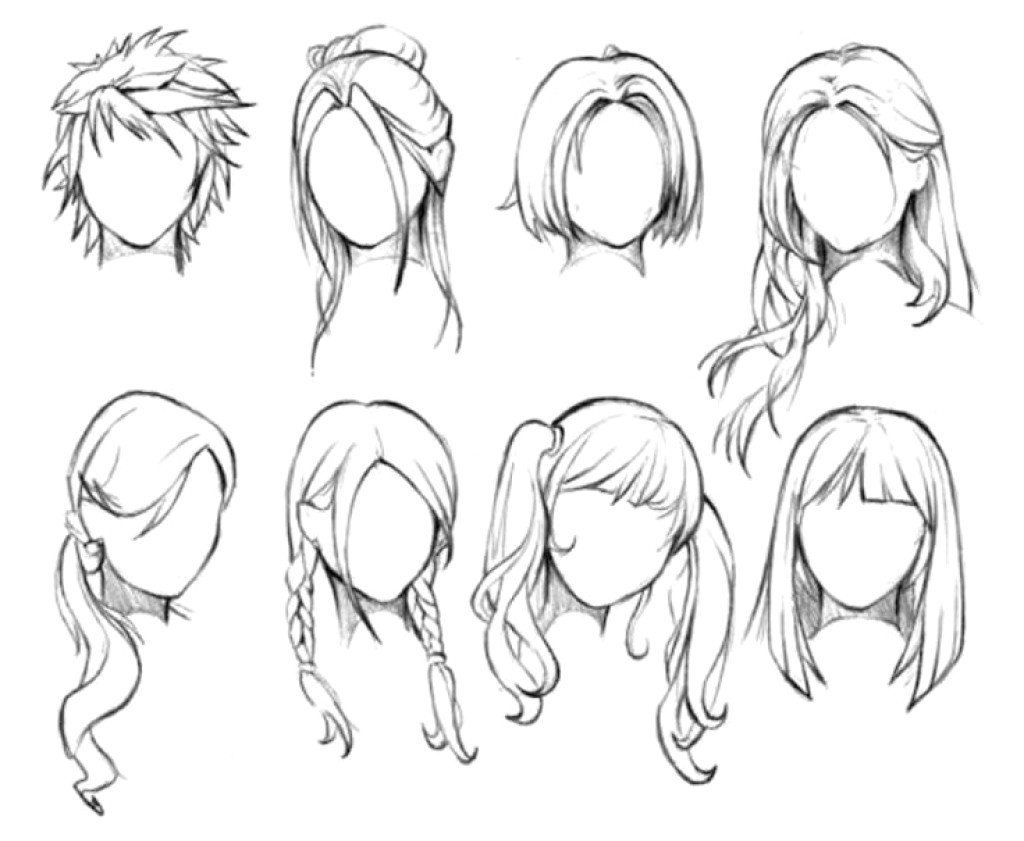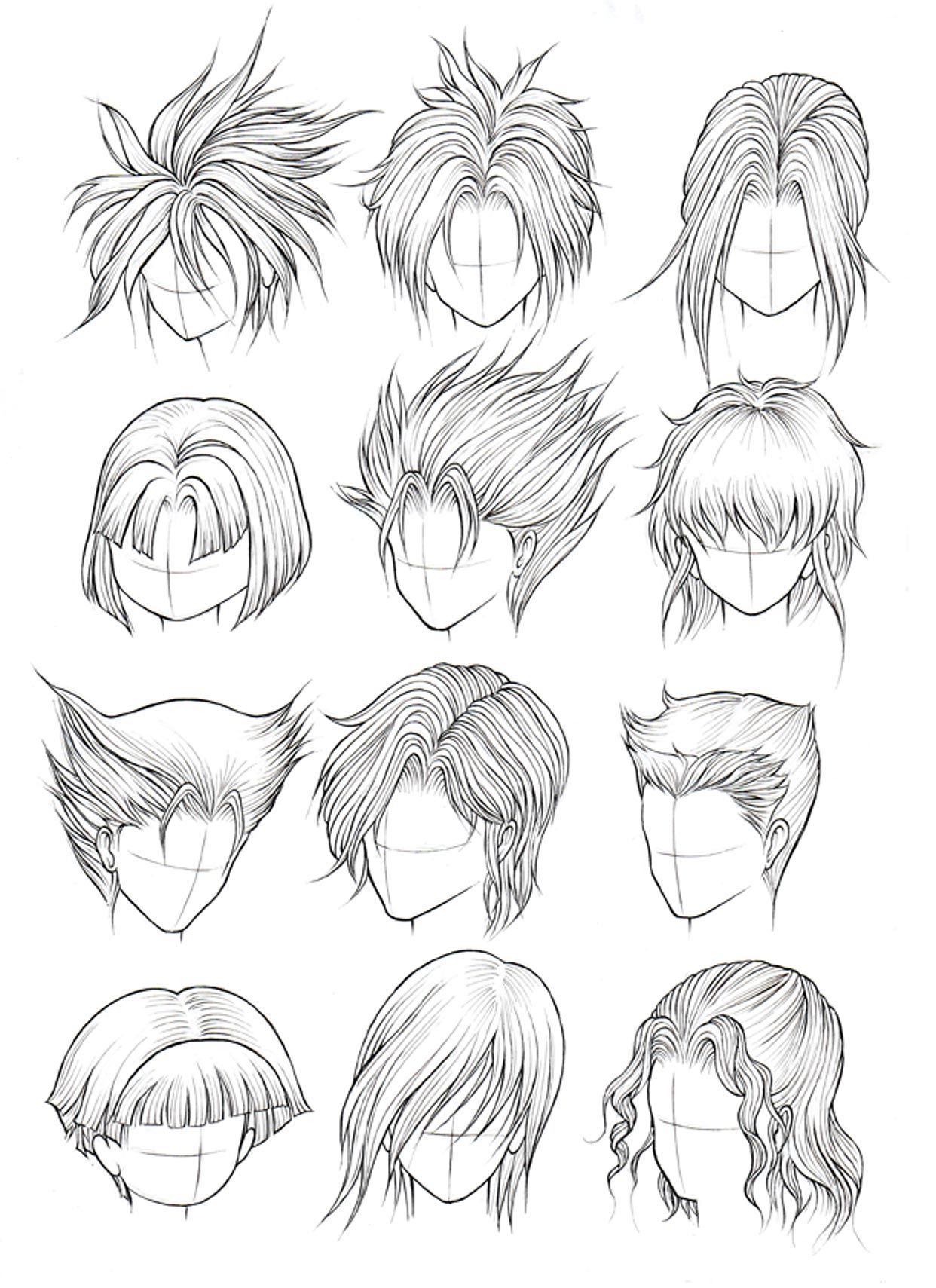Table Of Content

In layered hair, V shapes are created — which also occurs when drawing animal fur, feathers and flower petals. These V shapes are where things overlap and recede, and the deep V of darkness gives the illusion of depth. Using your 4B pencil, darken the areas closer to the head and add some extra hairs on the top of the blended areas. This will give the illusion of depth and add extra texture to your hair.
Step 5: Adding Final Touches
Use more curved lines to build the hair strands and dark areas of overlap. With your mechanical pencil, fill the locks with soft and small traces following the flow and movement of the hair. Apply more pressure and layers to the part right beside the neck and under the ear.
How to Draw Different Eye Types Step by Step
By studying and observing real-life examples, you’ll be better equipped to recreate them on paper. Using the same rolling shapes as before, fill out the rest of the hair until you reach the back of the head. Draw bigger curls within the outline, following the direction you've established before. Each strand should be divided into more strands at the tips.
Step Four: Fill in the hair with texture
You’ve almost finished drawing the thin lines for your realistic hair drawing, and in this step you can finish this element off. Continuing on from the previous step, we shall draw more thick lines on the right-hand side of your realistic hair drawing. Slowly darken the drawing by applying more layers of overlapping strokes.
Types of Hairlines
This can be anywhere (left, right, center), but it may help to look at a couple of photo references first. Shade the haircut in a more definite way, drawing shadows between groups of curls. Draw the direction of the strands all over the head.
You could easily color smaller strands and sections of the hair in order to add some great highlights. First, draw some thin, stray hairs coming out from the hairstyle. This part is fairly optional, as while these hairs create a more realistic look, you could use less or none at all for a neater appearance. Nothing ruins a well drawn cartoon head like ugly drawn hair.
Similar to the first example begin by drawing the main shape of the hair with the largest details over top of the head/hairline. To avoid your drawing getting overly clutter erase the parts of the head covered by the hair after you are done. Begin the drawing by first outlining the entire shape of the head (including the ears). Doing so will help you better estimate the volume of the hair.
Be sure to leave some space between them to create an effect of individual hairs. Although unlike the previous example you can make them slightly less apparent to give the hair a smoother and neater look. Adding color to the mix can bring your drawings of people to life, but it can also make the drawing process even more complex. It’s important to note that drawing, especially portraits, is not something you can learn in a day. Drawing people accurately takes a solid understanding of anatomy and a lot of practice. So be prepared to do a lot of work before diving in and trying to draw the favorite people in your life.

Analyze the unique characteristics of each style, such as the partings, braids, updos, or ponytails, and practice replicating them in your drawings. Use an eraser to create highlights and add fine details that enhance the overall texture and appearance of the hair. Take time to observe and analyze the characteristics of each hair type. Pay attention to how the hair flows, how it reflects light, and the overall shape and volume. Move your pencil to the hair part and sketch bouncy, cloud-like patterns until you are just above the shoulders (or wherever you prefer).
Ryan Gosling and Mikey Day's Beavis and Butt-Head Had the SNL Cast Cracking Up - NBC Insider
Ryan Gosling and Mikey Day's Beavis and Butt-Head Had the SNL Cast Cracking Up.
Posted: Sun, 14 Apr 2024 07:00:00 GMT [source]
If you WANT to know how to draw but don’t know where to begin — you’ve come to the right place. You can now begin to create highlight shapes, if you want. Instead of drawing every single strand of hair, it's helpful to separate hair into clumps. You're going to design your character's hair using flat shapes until you come up with something that seems right to you. Before I begin, let's take a look at some very simple cartoon hair examples you can easily use even now...
Note that those areas are places where the light doesn’t hit directly or where the hair overlaps. Hair is affected by gravity and, on the contrary, on the top of the head, the hair on the sides falls down. The small volume it can have is because of bouncing with the ears.
Draw some more thin tips on the bottom of the haircut. Add gentle waves above the first strand-lines without touching them. Draw the outline of the strokes surrounding the face. Hair is grouped in strands, and that's what we see.
• My first step was to draw the outline of the main lock (the one which will be the base of our drawing), following the direction in a S shape. As my drawing advances, I ponder some possibilities for drawing the hair. This character will have straight hair, cut just over the shoulders. I think no bangs would be better, but I want some hair to cover one eye, and the tips of the hair to curl inwards.
Use several short, curved strands to give it a bit more volume but keep it close to the head. For this section, we will use our 4B pencil, powdered graphite, brush, blending stump, and kneaded eraser. Let’s keep in mind that there is always space between strands and over layers of hair, which builds up to create volume. You can also consider adding background elements or accessories to complement the hairstyle and enhance the visual storytelling.


